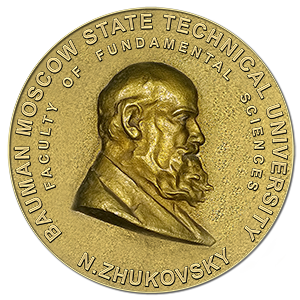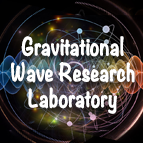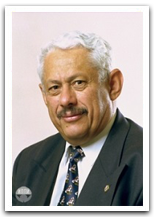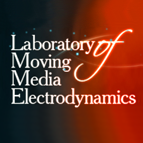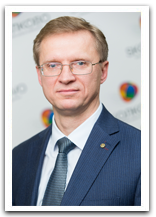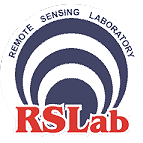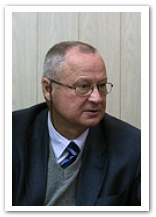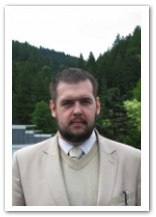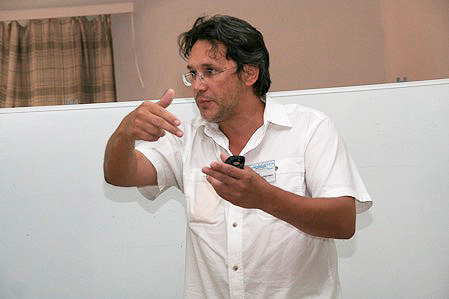|
Was born on August 11, 1962 in Moscow. Russian scientist in theoretical physics, Doctor of Physical and Mathematical Sciences.
|
Was born on August 11, 1962 in Moscow. Russian scientist in theoretical physics, Doctor of Physical and Mathematical Sciences.
In 1984 he graduated from Gorky State University (named after N.I. Lobachevsky). In 1993 he received PhD degree at Scientific Research Center for Surface and Vacuum, Moscow. Thesis on “Dynamics of large-scale gravitational field near singularity in classical and quantum cosmology”.
In 2006 he received Dr. Sc. Degree in Mathematical modeling. Thesis “Inhomogeneous models of the Early Universe”.
In 1984 – 1987 he worked in Scientific Research Radio-Physical Institute and in 1987 - 2007 in Institute for Applied Mathematics and Cybernetics (Gorky State University).
In 1995 - 2007 he was regular visiting member of International Center for Relativistic Astrophysics, Rome, Italy; in 2007 - 2009 he was the professor of Uljanovsky State University and in 2009 – 2016 he worked as the professor of Dubna State University (Department of Theoretical Physics). From 2016 he is the professor of Bauman State Technical University (Department of Physics).
A.A. Kirillov is a specialist in the field of general relativity theory, quantum gravity, and Astrophysics.
He first found (in collaboration with A.A. Kochnev 1987) the effect of the generation of metric inhomogeneities of smaller and smaller scales in the general solution to Einstein equations near a singularity. He obtained the complete statistical description of such metric inhomogeneities (1993) and suggested modeling of classical and quantum dynamics of metric in terms of billiards.
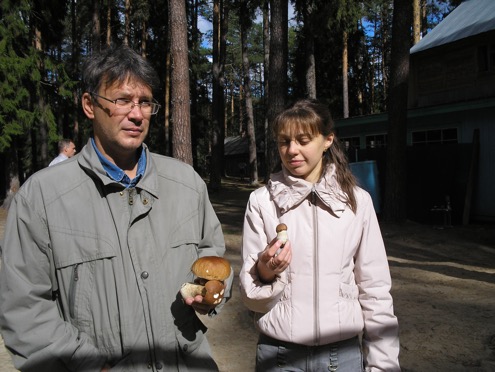
(Kirillov-Savelova, Conference, Yalchik 2007)
Together with G. Montani (I.C.R.A. 1995) he was first to suggest the rigorous description for the process of the generation of a classical background space in inhomogeneous quantum models of the early Universe.
Together with D. Turaev (2006), he suggested the theoretical explanation of the observed Universal rotation curve for spiral galaxies. They suggested the explanation of the empirical Tully-Fisher law (for spirals).
Together with E.P. Savelova, he was firs to show that all observed effects of dark matter can be modeled by a distribution of cosmological wormholes in space (2007, 2011).
Together with E.P. Savelova (2015), he was first to rigorously show that virtual wormholes remove all infinities in quantum field theory.


